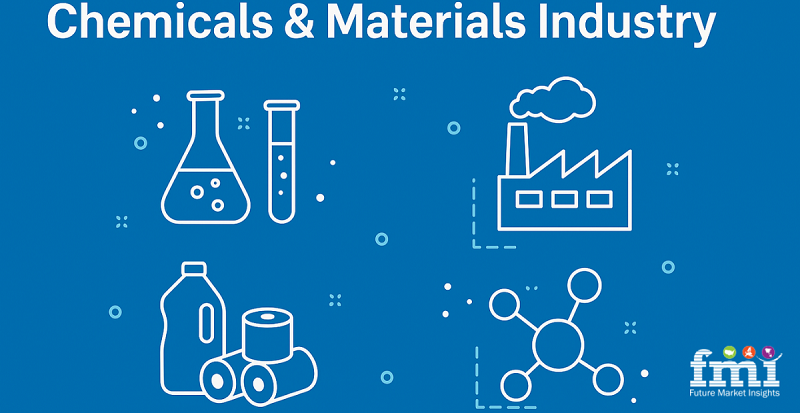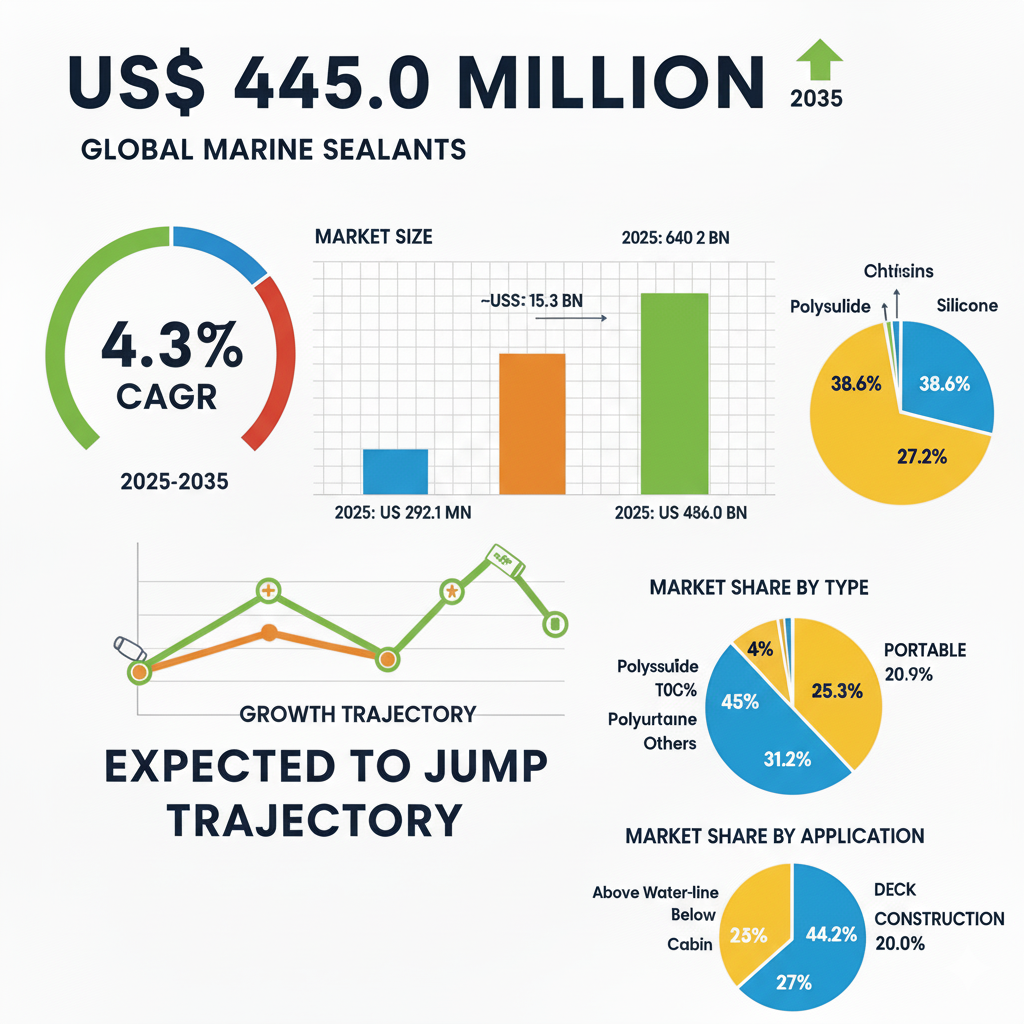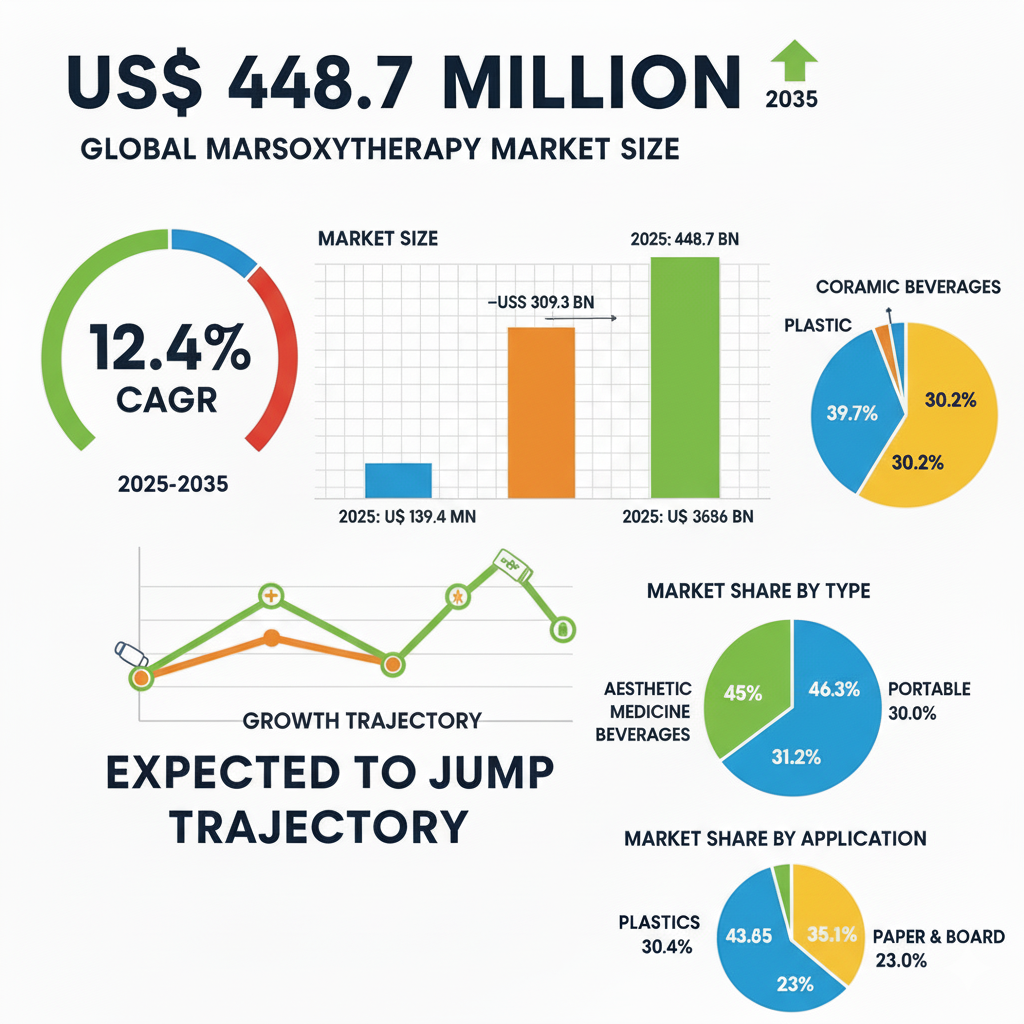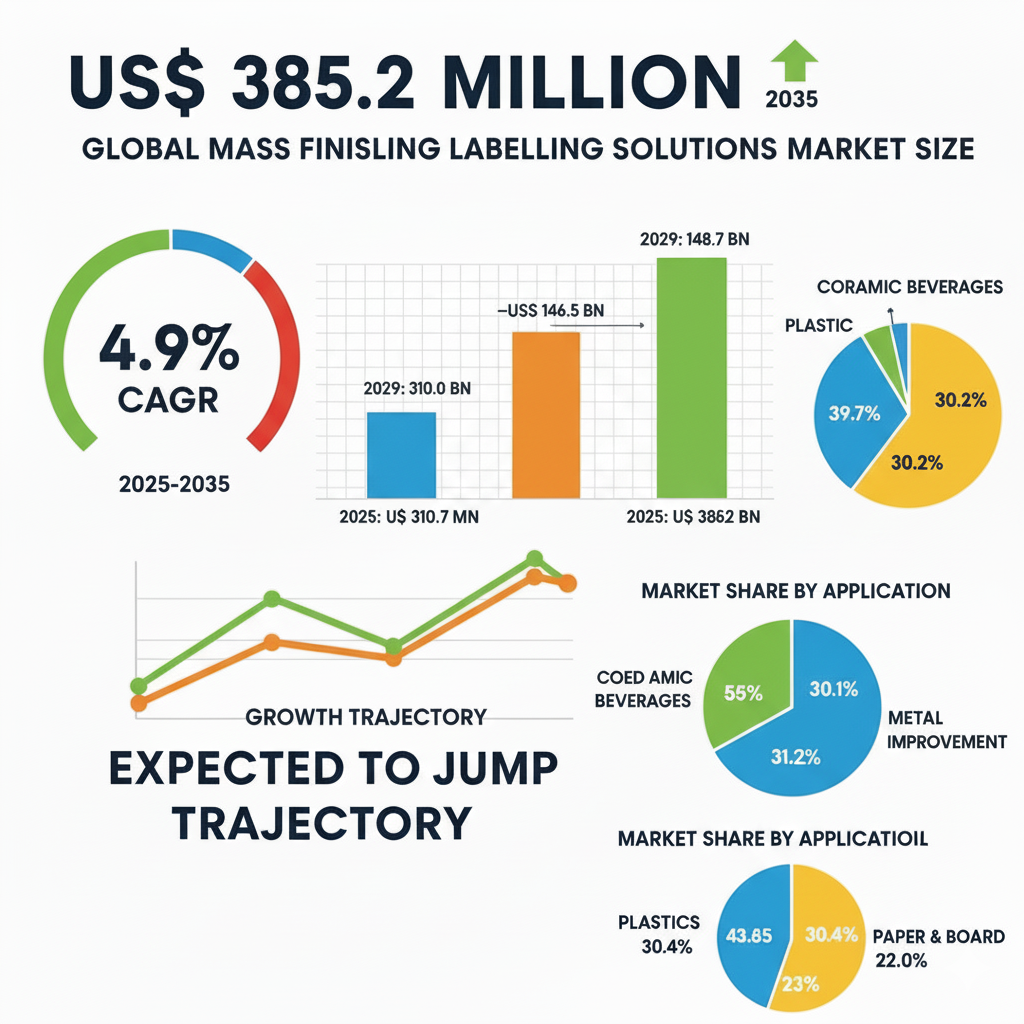Introduction: Redefining the Boundaries of Self-Healing Materials
The self-healing materials market has experienced remarkable growth in the last decade, largely driven by innovations in self-healing polymers, coatings, and composites. Traditionally, discussions have centered on capsule-based healing systems, polymer blends, and embedded microvascular networks. However, a transformative frontier is emerging in the form of microbial-assisted self-healing technologies. This relatively underexplored area, where biology and material science converge, is set to redefine how we perceive the durability, sustainability, and economic viability of self-repairing systems. As global self-healing materials forecasts project exponential growth, particularly in the construction, aerospace, and energy sectors, microbial strategies are quietly but significantly steering the market into new directions.
𝐌𝐚𝐤𝐞 𝐈𝐧𝐟𝐨𝐫𝐦𝐞𝐝 𝐃𝐞𝐜𝐢𝐬𝐢𝐨𝐧𝐬 – 𝐀𝐜𝐜𝐞𝐬𝐬 𝐘𝐨𝐮𝐫 𝐒𝐚𝐦𝐩𝐥𝐞 𝐑𝐞𝐩𝐨𝐫𝐭 𝐈𝐧𝐬𝐭𝐚𝐧𝐭𝐥𝐲! https://www.futuremarketinsights.com/reports/sample/rep-gb-5556
Understanding Microbial-Assisted Self-Healing: A Biological Revolution
Unlike conventional synthetic healing systems that rely on chemical catalysts or structural redundancies, microbial-assisted self-healing harnesses biological processes to trigger material repair. In the realm of construction, for example, specific strains of bacteria such as Bacillus subtilis are embedded within concrete admixtures. These bacteria remain dormant until cracks expose them to air and moisture, at which point they activate and produce calcium carbonate, naturally sealing the fissures.
Similarly, enzyme-embedded polymers are making headway in the field of self-healing coatings. In these systems, enzymes catalyze polymerization reactions to close scratches or minor cuts without human intervention. Such biological solutions offer self-repairing capabilities that are not only autonomous but also regenerative over multiple damage-repair cycles. These mechanisms present a leap forward in developing smart materials capable of enduring extreme conditions and repeated mechanical stress without costly repairs or replacements.
Case Study: Self-Healing Concrete Projects in the Netherlands and Beyond
A pioneering example of microbial-assisted self-healing can be found at Delft University of Technology in the Netherlands. Researchers developed a concrete formulation that incorporates bacterial spores along with nutrients in biodegradable capsules. When microcracks form, water ingress activates the bacteria, which precipitate calcite, effectively sealing the crack. This innovation has been trialed in real-world infrastructure such as tunnels, bridges, and parking garages.
One standout project is the lifeboat station on the Dutch island of Texel, where self-healing concrete was used to minimize maintenance needs under harsh maritime conditions. Early field data indicates up to a 30% increase in lifespan compared to conventional concrete. Such examples not only validate microbial self-healing technology but also showcase its potential to significantly cut lifecycle costs, influence urban infrastructure policies, and redefine investment strategies in civil engineering.
Market Implications: New Frontiers in Construction, Aerospace, and Energy
As microbial-assisted self-healing matures, its impact is becoming visible across various industries. In the construction sector, the ability to extend the service life of critical infrastructure without frequent repairs represents a direct response to aging urban environments and strained maintenance budgets. In aerospace, researchers are exploring microbial solutions to address microfractures in composite materials that are otherwise difficult to detect and repair during flight cycles.
Moreover, the energy sector, particularly offshore wind and oil platforms, is showing interest in bio-based self-healing coatings to combat corrosion and structural fatigue in extreme marine environments. These innovations align well with the growing global demand for smart materials for infrastructure repair and create opportunities for companies that can integrate biological self-healing into traditional material manufacturing lines.
𝐔𝐧𝐥𝐨𝐜𝐤 𝐂𝐨𝐦𝐩𝐫𝐞𝐡𝐞𝐧𝐬𝐢𝐯𝐞 𝐌𝐚𝐫𝐤𝐞𝐭 𝐈𝐧𝐬𝐢𝐠𝐡𝐭𝐬 – 𝐄𝐱𝐩𝐥𝐨𝐫𝐞 𝐭𝐡𝐞 𝐅𝐮𝐥𝐥 𝐑𝐞𝐩𝐨𝐫𝐭 𝐍𝐨𝐰: https://www.futuremarketinsights.com/reports/self-healing-material-market
Recent investments indicate that microbial systems could command a growing share of the global self-healing materials market, which is expected to surpass USD 6 billion by 2030. Forward-looking manufacturers are beginning to treat microbial self-healing as a critical competitive differentiator, influencing R&D pipelines and strategic partnerships.
Regulatory and Environmental Advantages: Sustainability as a Market Driver
The push toward sustainable self-healing materials is further amplified by regulatory frameworks such as the European Union’s Green Deal and global initiatives targeting carbon-neutral construction practices. Bio-based self-healing systems are particularly attractive in this context because they reduce the need for chemical-intensive maintenance and minimize resource consumption over time.
For example, LEED certifications for green buildings increasingly reward materials that contribute to durability and reduced environmental impact. Microbial self-healing concrete, by extending the life of structures and reducing repair-related emissions, offers direct points toward such certifications. Furthermore, initiatives supporting the circular economy favor materials that self-renew, thus decreasing landfill contributions from demolished or degraded infrastructure.
This regulatory and environmental momentum is likely to push microbial-assisted self-healing technologies from laboratory curiosities to essential market offerings in the coming decade.
Challenges and Future Prospects: Scaling Bio-Based Healing Solutions
Despite their promise, microbial-assisted self-healing technologies face challenges that could slow widespread adoption. Manufacturing bio-integrated materials at industrial scale remains a complex task, often involving higher upfront costs compared to traditional systems. Moreover, ensuring the long-term viability of microbial agents across diverse climatic and mechanical conditions demands significant R&D investment.
However, emerging biotech solutions such as genetic engineering of extremophile bacteria, nanoencapsulation techniques, and advances in synthetic biology are poised to address these challenges. Government funding for sustainable infrastructure projects, especially in Europe and Asia-Pacific, is providing additional impetus for the commercialization of these innovations.
The future of microbial-assisted self-healing lies in its convergence with precision engineering, artificial intelligence-based material monitoring, and environmentally responsive construction practices. As these elements align, microbial self-healing could evolve from a niche solution to a fundamental aspect of material science.
General & Advanced Materials Industry Analysis: https://www.futuremarketinsights.com/industry-analysis/general-and-advanced-materials
Conclusion: The Hidden Catalyst for Future Growth
While much of the attention in the self-healing materials market has focused on chemical capsules and synthetic polymers, microbial-assisted self-healing technologies represent a transformative undercurrent. Their ability to autonomously repair damage using biological processes offers not only unprecedented material longevity but also strong alignment with global sustainability goals.
Stakeholders who recognize and invest in this biological dimension today will be better positioned to capture emerging market opportunities tomorrow. In a market increasingly defined by resilience, environmental responsibility, and smart performance, microbial-assisted self-healing is not merely an innovation; it is a hidden catalyst for the future growth of the self-healing materials industry.
Key Segments
By Product:
- Concrete
- Coatings
- Polymers
- Asphalt
- Fiber-reinforced Composites
- Ceramic
- Metals
By Technology:
- Reversible Polymers
- Microencapsulation
- Shape Memory Materials
- Biological Material Systems
- Others
By Application:
- Energy Generation
- Building & Construction
- Automotive & Transportation
- Electronics & Semiconductors
- Medical (Implants & devices)
- Others
About Future Market Insights (FMI)
Future Market Insights, Inc. (ESOMAR certified, recipient of the Stevie Award, and a member of the Greater New York Chamber of Commerce) offers profound insights into the driving factors that are boosting demand in the market. FMI stands as the leading global provider of market intelligence, advisory services, consulting, and events for the Packaging, Food and Beverage, Consumer Technology, Healthcare, Industrial, and Chemicals markets. With a vast team of over 400 analysts worldwide, FMI provides global, regional, and local expertise on diverse domains and industry trends across more than 110 countries.
Contact Us:
Future Market Insights Inc.
Christiana Corporate, 200 Continental Drive,
Suite 401, Newark, Delaware – 19713, USA
T: +1-347-918-3531
For Sales Enquiries: sales@futuremarketinsights.com
Website: https://www.futuremarketinsights.com
LinkedIn| Twitter| Blogs | YouTube






